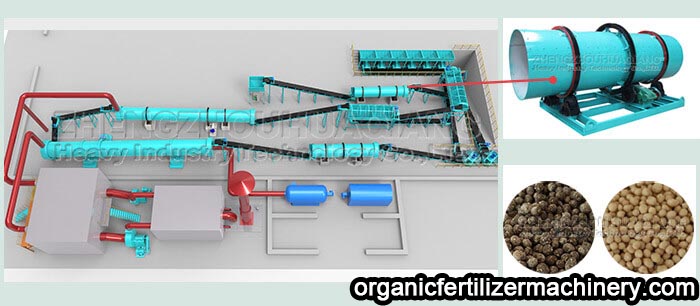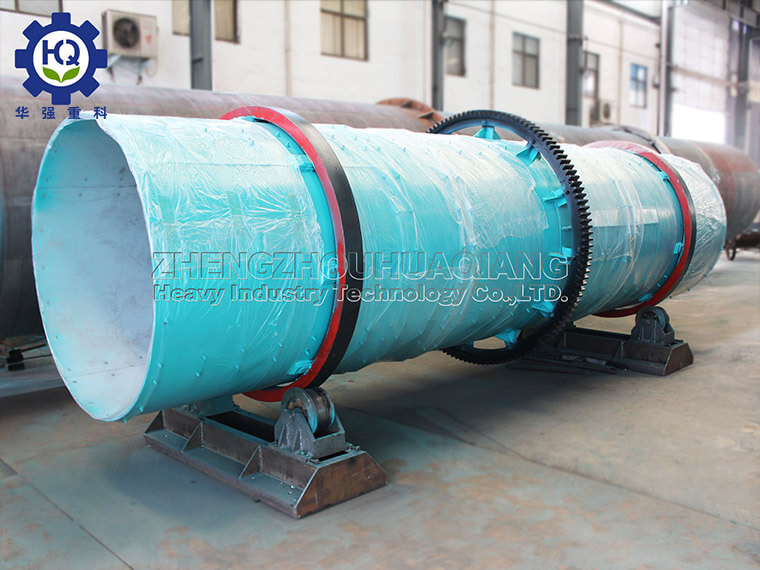With the new organic fertilizer production line equipment, you don’t have to worry about the shortage of organic fertilizer in your life. As long as you need organic fertilizer, you can use organic fertilizer equipment. This organic fertilizer equipment has many functions, in addition to solving the problem of insufficient organic fertilizer, but also to solve other problems. So, what problems can organic fertilizer equipment solve?
There is no doubt about the development of organic fertilizer equipment in the ecological green organic industry. It is recommended to use chicken manure processing organic fertilizer equipment, less chemical fertilizer will make the environment better! In intensive agriculture, the application of organic fertilizer is the way to fertilize the soil. However, modern farmers no longer like to apply traditional farm fertilizer, the development of commercial organic fertilizer industry has become a new fertilizer industry in China, long-term application of chemical fertilizer will make the soil hard. How can organic fertilizer solve the hardening problem and improve the quality of ten soils? Is the long-term use of organic fertilizer really better than chemical fertilizer? The research results of chicken manure organic fertilizer equipment manufacturers show that Compared with chemical fertilizer application, long-term application of organic fertilizer not only significantly improved soil microbial biomass, diversity and soil enzyme activity, but also uniform the distribution of soil microbial groups, increased the abundance of beneficial plant bacteria such as pseudomonas, bacillus and Bacteroides, and significantly reduced lactic acid in acid-happy environment. This is the fundamental reason for long-term application of organic fertilizer to inhibit soil acidification.
Organic fertilization also significantly increased the number of copies of functional genes associated with soil nitrogen cycling. At the same time, the application of organic fertilizer and organic inorganic compound fertilizer can also reduce the decomposition of soil organic matter and contribute to the accumulation of organic matter and ten soil aggregate structure. These results provide important theoretical support for increasing the amount of organic fertilizer and reducing the amount of chemical fertilizer.

.jpg)
.jpg)




.jpg)
